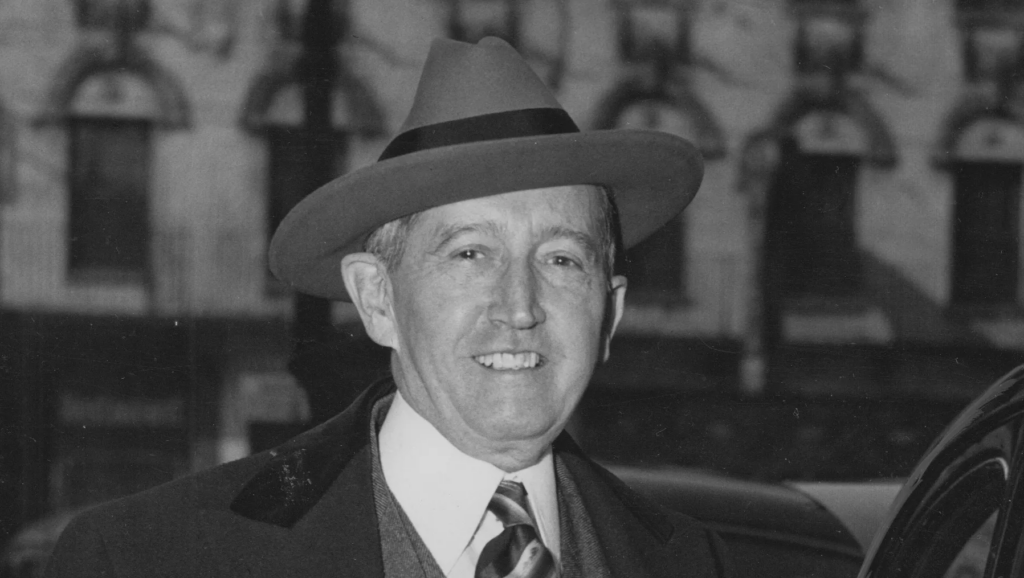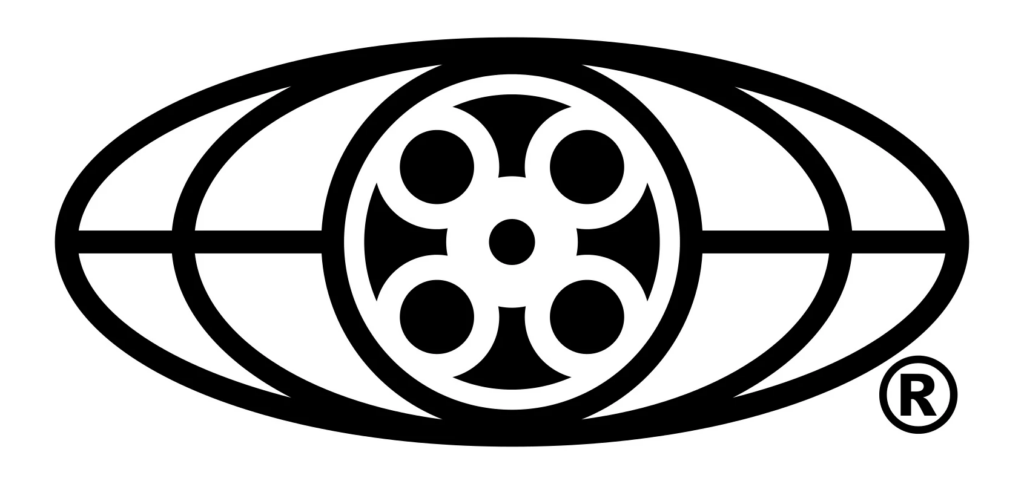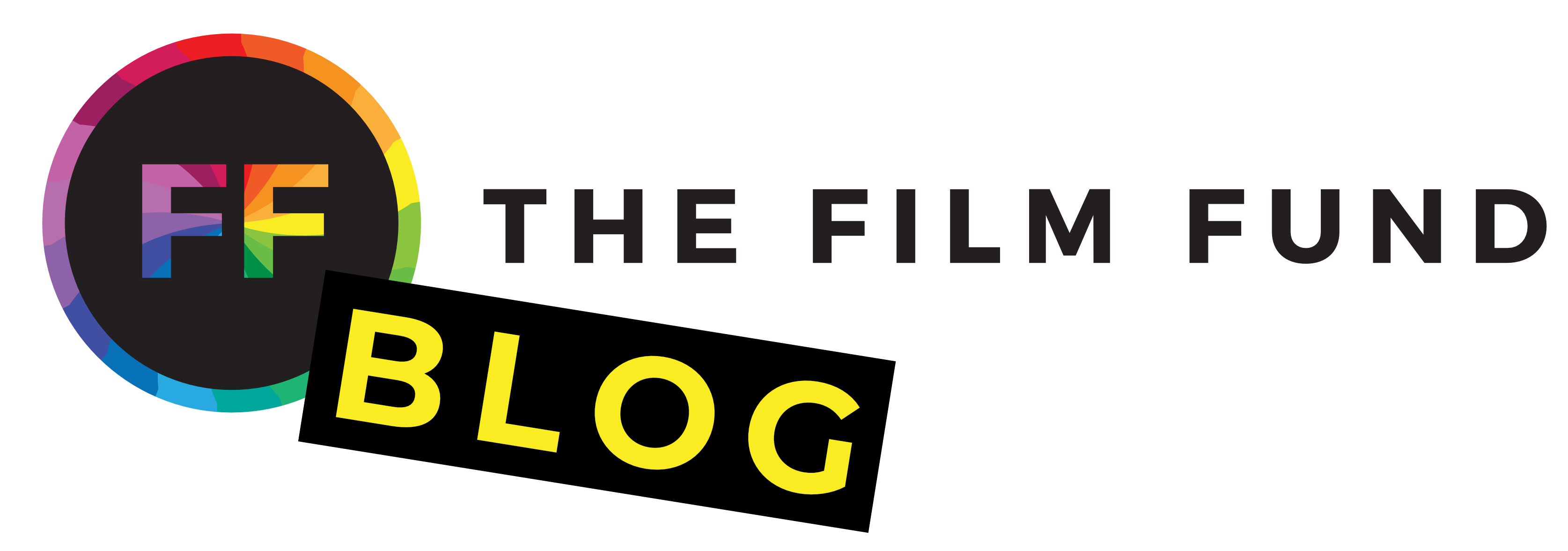Nowadays, a casual viewer won’t think much when looking at the rating of a movie. The rating doesn’t tend to have an effect on the movie-watching experience. However, behind the scenes, film rating system history was evolving. This evolution, alongside the censorship and regulation that comes with it, has long been a constant thought in the minds of filmmakers and movie studios.
As we unravel the layers of film rating system history, we’ll discover how these ratings evolved from the silent era to the digital age, leaving an indelible mark on the landscape of filmmaking. Join us as we traverse the reels of time, exploring the nuances and stories behind the labels that classify our favorite movies.
The concept of film rating system history isn’t just a chronicle of regulations; it’s a captivating narrative of societal changes, artistic freedom, and the delicate dance between filmmakers and their audiences. It explains the way why certain films are the way they are and the decisions that some filmmakers make. So let’s embark on a cinematic journey where film rating system history unfolds frame by frame.
Early Era: The Silent Beginnings
Absence of Formal Rating Systems
In the early days of cinema, the silver screen was a realm of uncharted territory, with no standardized guidelines to navigate its vastness. As audiences flocked to theaters, there was a palpable absence of formal film rating systems. It was a time when the concept of classifying movies with familiar labels like G, PG, or R was as elusive as a sound in a silent film. The absence of a structured rating system left viewers relying on word of mouth and personal judgment to determine the suitability of films for different audiences.
Public Outcry and Demand for Regulation
As the popularity of Hollywood in the late nineteenth and early twentieth century surged, so did concerns about the explicit content showcased on the big screen. The lack of a defined system led to a growing public outcry, with the public expressing their concerns about the need for a regulatory framework in the film industry. The call for a more structured approach to film content resonated across the nation, igniting a conversation that would eventually shape the course of cinematic history. It was a pivotal moment when the audience’s voice began to influence the need for a more organized and transparent way to classify films.
The Emergence of Political Involvement
In response to the mounting concerns, over thirty different states all introduced their own varieties of film censorship bills. This mounting pressure from politicians, each of whom had different standards and demands of the industry, left filmmakers with a choice: either deal with dozens of new, constantly evolving laws, or self-regulate the industry. This decision set the stage for a more formalized approach to film classification, laying the foundation for the evolution of film rating systems in the United States.
Hays Code Era: The Moral Guidelines

The Implementation of the Hays Code
As the film industry matured and was faced with controversy, the industry decided that self-regulation would be in their best interest. Enter the Hays Code, a set of moral guidelines introduced in the early 1930s under the leadership of Will Hays, the president of the Motion Picture Producers and Distributors of America (MPPDA). This marked a significant shift to a more centralized and formalized system and paved the way for the modern rating system. The Hays Code aimed to provide moral guidance to filmmakers, emphasizing the importance of upholding societal values in storytelling.
Strict Content Regulations and Censorship
The Hays Code brought with it a set of stringent rules governing what could and couldn’t be depicted on screen. Themes such as adultery, violence, and certain religious topics were subject to strict scrutiny and often outright censorship. From the modern day point of view, the Hays Code seems quite ridiculous in what it prevents filmmakers from showing or discussing. As such, the era became synonymous with moral policing, shaping the content landscape and influencing the narratives presented to audiences.
Impact on Filmmaking and Audience Perception
The Hays Code era left an indelible mark on both filmmaking and audience perception. Filmmakers had to navigate a delicate balance between storytelling and adhering to the established moral guidelines. And, for better or for worse, this code continued to dictate the creation of movies from the 1930s all the way up until the late 1960s. During that time frame, viewers became accustomed to a particular moral framework, and the Hays Code played a pivotal role in defining the boundaries of acceptability in storytelling.
MPAA Ratings: From G to X

Birth of the MPAA and the Voluntary Rating System
The tumultuous landscape of film regulation took a groundbreaking turn in the late 1960s with the birth of the Motion Picture Association of America (MPAA) and the introduction of a voluntary film rating system. In contrast to the Hays Code’s strict censorship and rules, the MPAA aimed to empower filmmakers and provide audiences with transparent information about a film’s content. This marked a pivotal moment in film rating system history, as the industry shifted towards a more collaborative and informative approach to content classification.
Introduction of G, PG, R, and X Ratings
Under the MPAA’s stewardship, films began to receive labels familiar to today’s audiences: G (General Audiences), PG (Parental Guidance), R (Restricted), and X (No One Under 17 Admitted). Each rating signified a different level of content suitability, allowing viewers to make informed decisions about the movies they chose to watch. This shift towards a tiered system not only offered more nuanced guidance but also encouraged a broader range of storytelling, from family-friendly adventures to mature, graphic thrillers.
Challenges and Controversies Surrounding Ratings
While the MPAA’s rating system aimed to strike a balance between artistic freedom and audience guidance, it was not without its share of challenges and controversies. Filmmakers sometimes found themselves at odds with the MPAA over the assigned ratings, sparking discussions about the subjectivity of content classification. Additionally, debates arose regarding the impact of ratings on box office success and the potential stigma attached to certain labels. This phase of film rating system history reflects the ongoing dialogue between creative expression and the need for responsible content categorization.
Evolution in Response to Societal Changes

Introduction of PG-13 Rating
The 1980s ushered in a new chapter in film rating system history with the introduction of the PG-13 rating. Steven Spielberg, after his film “Indiana Jones and the Temple of Doom” received a PG rating despite featuring graphic scenes, suggested the idea of this middle ground between PG and R. His idea and the subsequent addition of PG-13 reflected the need for a new label in order to cater towards all sensibilities in an ever-changing society. Filmmakers were now better equipped to navigate the fine line between family-friendly entertainment and more mature themes.
X Replaced by NC-17
In the early days of the MPAA rating system, X-rated films were typically films that were more violent or explicit, but not overly sexual. However, as time passed, X rated films became associated with pornographic films rather than more generally mature films. In an attempt to remove this association, the MPPA changed X to NC-17. While NC-17 was different in name only, it initially helped to make the rating more acceptable in the eyes of the public. Yet nowadays you will not find a mainstream film that is given an NC-17 rating.
Ongoing Debates
The journey through film rating system history is marked by ongoing debates and continuous scrutiny. The film industry has witnessed discussions on the subjective nature of content classification, the impact of digital platforms, and the need for more transparent criteria in the rating process. For instance, many criticize the MPAA for seemingly targeting same-sex relationships by designating movies that feature them with more mature ratings. The MPAA has also been inconsistent in rating movies, with outsiders having a hard time understanding why, for example, one movie may be rated G while another is PG.
In Conclusion
In concluding our journey through film rating system history, it’s enlightening to reflect on the remarkable evolution that has shaped the way we experience cinema. From the silent beginnings, through the stringent regulations of the Hays Code, to the dynamic tiers of the MPAA ratings, the narrative unfolds like a reel of cinematic history. This journey encapsulates not just the story of content classification but the broader narrative of societal changes, artistic freedom, and the delicate dance between filmmakers and their audiences.
As we bid farewell to the past chapters of film rating system history, it’s only natural to cast our gaze forward. The film industry is a dynamic entity, constantly influenced by technological advancements, shifting cultural norms, and evolving audience expectations. What lies ahead for film rating systems? How will they adapt to the changing landscape of storytelling and content consumption? The future promises new chapters in this ongoing narrative, and the story of film ratings will undoubtedly continue to unfold in ways both expected and unforeseen.
One last thing! If you’re a budding filmmaker who needs a little help getting their short film off of the ground, consider entering our film funding contest! To get started, send us a sentence that explains the premise of your film and what you need our funding for. If you win, you could earn up to $10,000 in funding for your short film! Head to our sign-up page to learn more and enter now.




